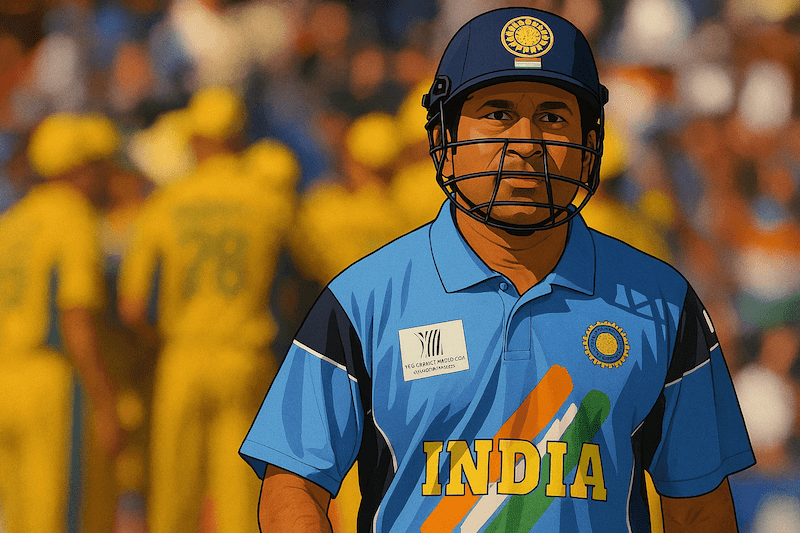
We all love watching fast bowlers. The way they run in from the pavilion, eyes fixed on the batter, and release the ball with full power — it’s a sight that gives you goosebumps. The bouncers, the stares, the celebrations after a wicket — it’s pure entertainment. Many of us even tried copying their actions while playing in the street or backyard.
But fast bowling isn’t easy. It takes a big toll on the body. Knees start hurting, backs give trouble, and ankles stop listening. Staying fit for a long time is almost impossible. Some of the best bowlers had to give up the game early — not because they lost form, but because their bodies couldn’t take it anymore.
Shane Bond (New Zealand)
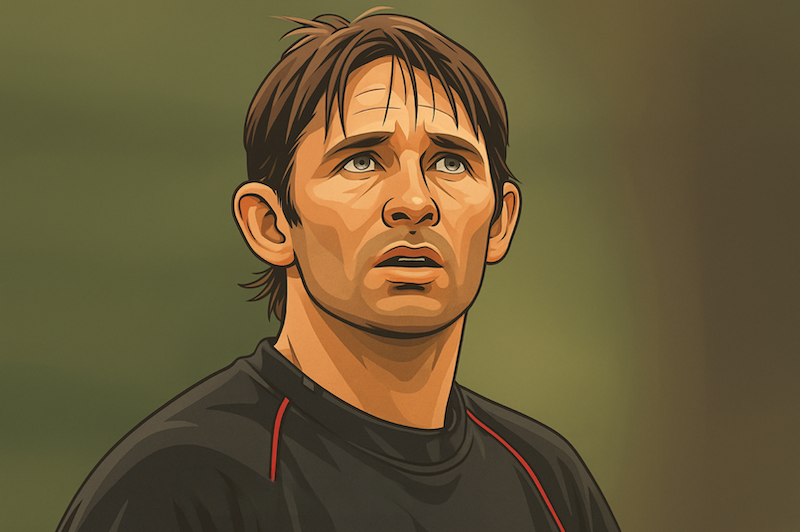
Shane Bond had one of the best bowling actions you could ever see. Smooth, fast, and full of rhythm — it was a joy to watch. He could bowl close to 150 km/h and swing the ball late, making even top batters look helpless. Between 2001 and 2010, he played only 18 Tests but took 87 wickets at an average of 22. In ODIs, he was a real match-winner — 147 wickets in 82 games at an average of 21, including that unforgettable 6 for 23 against Australia in the 2003 World Cup.
But behind that beauty, his body was falling apart. His back had stress fractures, and his knees and ribs kept giving him pain. He spent more time with physios than on the field. In 2010 at 34, he finally gave up — still bowling fast but no longer able to bear the pain. Even today, fans remember Shane Bond as the perfect fast bowler we didn’t get to see enough of.
Simon Jones (England)
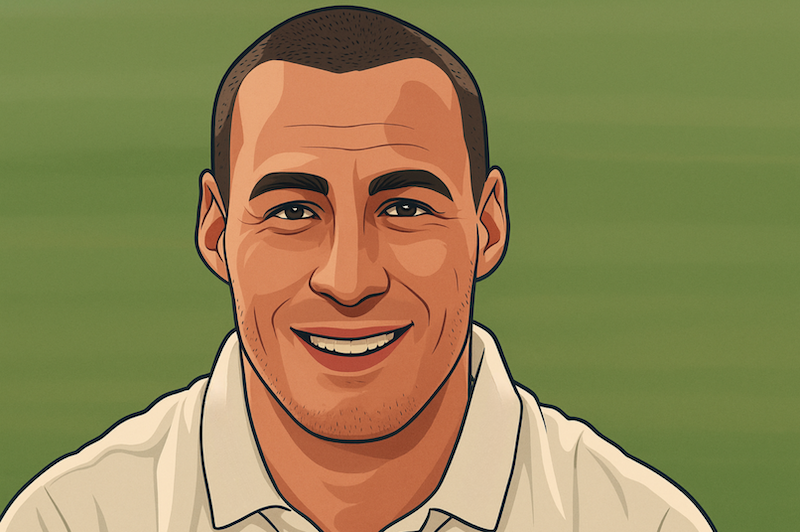
Simon Jones had everything a fast bowler dreams of — pace, swing, and that fierce energy in his eyes. His 2005 Ashes spell was unforgettable. He could reverse-swing the old ball at high speed, and even Ponting and Gilchrist looked lost. Who can forget his inswinger to Michael Clarke at Old Trafford — it crashed into the stumps before Clarke even knew what happened. But this was a comeback story too — in 2002 at Brisbane, Jones tore his anterior cruciate ligament (ACL) while bowling, an injury so bad many thought his career was over.
He returned stronger, taking 18 wickets at an average of 21 in four Tests and helping England win the Ashes after 18 long years. Then came another cruel blow — an ankle injury in the fourth Test ended his series and, eventually, his international career. He finished with 59 wickets in 18 Tests. Jones kept trying, even moving to Hampshire after Worcestershire, but the injuries never stopped. He retired from first-class cricket in 2013 at 34, still playing a bit of T20, but his body had finally given up on his fighting spirit.
Geoff Allott (New Zealand)
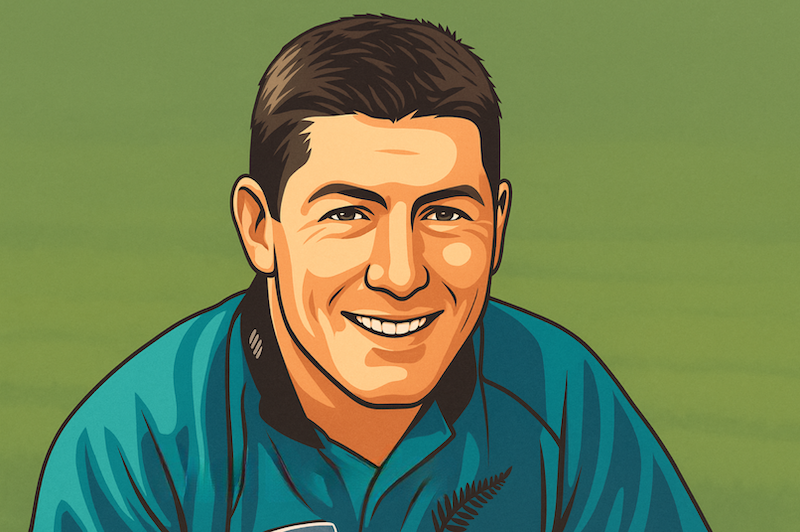
Geoff Allott was New Zealand’s tall left-arm pacer who made a big mark in a short time. He could bowl at good pace, often around 140 km/h, and combined it beautifully with swing and control. In the 1999 World Cup, he was New Zealand’s standout bowler, finishing as the joint-highest wicket-taker with 20 wickets. His spell against Australia in the league stage was one to remember, where he picked up key wickets and gave New Zealand real belief. A year later, he was part of the team that won the 2000 ICC KnockOut Trophy, the country’s first major ICC title.
But just when his career was taking off, injuries took over. Persistent back and hip problems kept coming back, forcing him to spend more time in rehab than on the field. The pain became too much, and he lost his rhythm. In March 2001, at only 29 years old, Allott announced his retirement from international cricket. His career was short, but his 1999 World Cup run still reminds fans how good he was when his body allowed him to be.
Explore More Stories
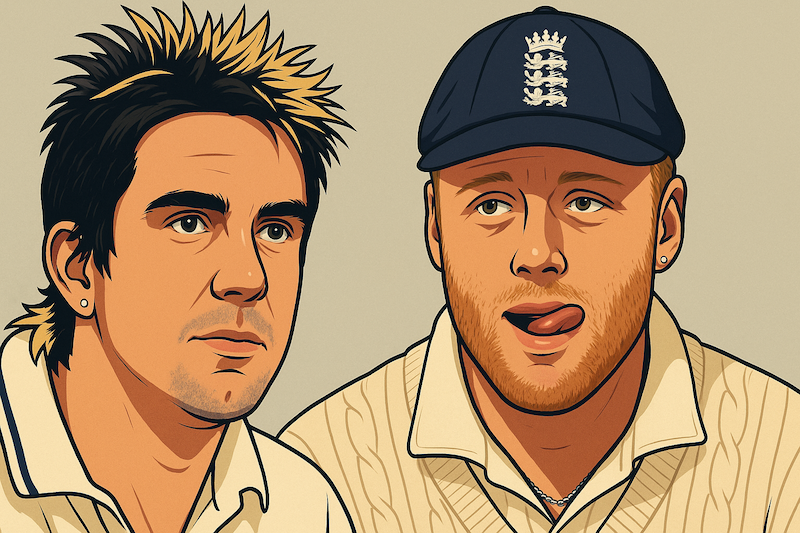
2005 Ashes: The Summer Cricket Became Theatre
The 2005 Ashes was more than just a cricket series. It was a rollercoaster of emotion, courage, and unforgettable moments that brought Test cricket back to life. England’s long wait finally ended, and the world watched history unfold.

What Is Test Twenty? Where Tests Meet T20s
A bold new format is about to change the game. Test Twenty mixes the strategy of Test cricket with the energy of T20s, creating an 80-over, two-innings contest that redefines modern cricket. Here’s how it works.
Andrew Flintoff (England)
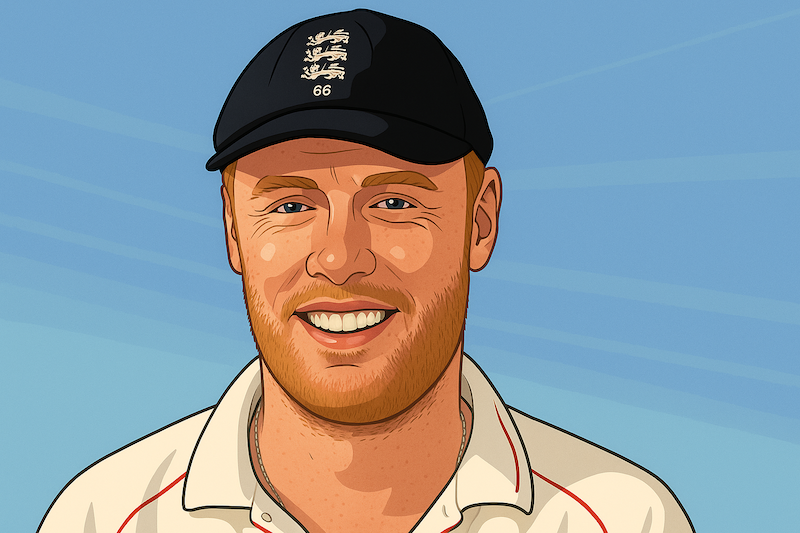
Andrew Flintoff was more than just a fast bowler — he was pure passion in an English shirt. He made his international debut in 1998 and soon became the heartbeat of the team. Who can forget his shirt-removing celebration against India in 2002, a moment that showed his raw emotion and pride. He bowled heavy, quick deliveries that could trouble any batter. Flintoff was England’s leading wicket-taker in the 2005 Ashes, a series that made him a national hero. His spell against Jacques Kallis at Edgbaston in 2008 is still remembered — two great all-rounders testing each other at full intensity.
But that same energy broke him down. His ankles, knees, and shoulders kept failing, and he went through multiple surgeries between 2002 and 2009. Even in the 2009 Ashes, where he ran out Ricky Ponting to seal victory, he played through pain. He finished with 229 wickets in 79 Tests, proving how good he was despite the setbacks. At just 32 years old, Flintoff retired from Test cricket — a fighter whose body gave up long before his spirit did.
Ryan Harris (Australia)
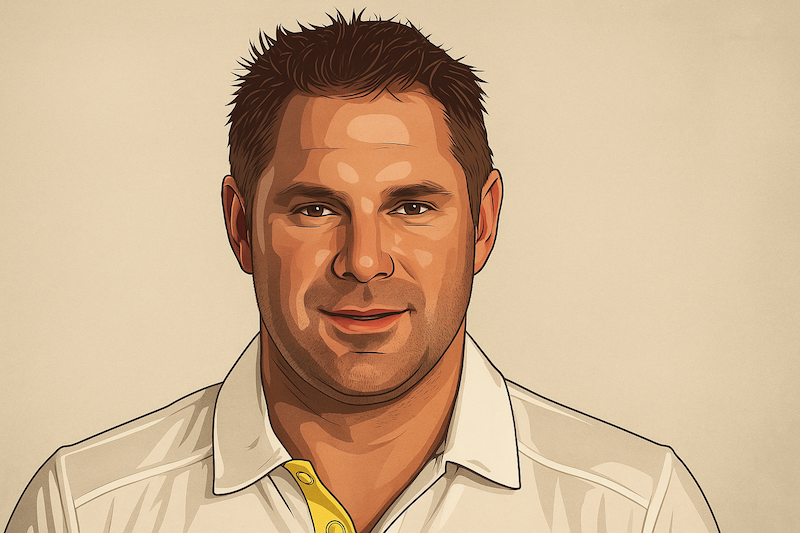
Ryan Harris wasn’t the tallest or the fastest, but he was one of Australia’s most reliable fast bowlers. He made his Test debut in 2010 and quickly became a key part of their attack. He could move the ball both ways and bowl long, accurate spells. In the 2013-14 Ashes, he bowled Alastair Cook with the first ball of the innings, a dream delivery that swung in and clipped the off stump. Harris was also Australia’s leading wicket-taker in that series, taking 24 wickets at an average of 19.58 — proof of how good he was when fit.
But his body couldn’t keep up. His right knee was in constant pain, needing endless treatment and surgeries. Before the 2015 Ashes, scans showed another crack, and he knew it was over. At 35, he retired from all cricket, saying, “the knee has finally had enough”. He finished with 113 wickets in 27 Tests at an average of 23.52 — numbers that prove his class and courage as one of Australia’s most consistent fast bowlers.
The Price of Pace
Fast bowling gives cricket its heartbeat — the speed, the fire, the noise. But behind every wicket and celebration lies pain, tape, and stubborn willpower. These bowlers pushed their bodies to the limit, and though injuries ended their journeys early, their spirit still echoes every time a fast bowler charges in.





